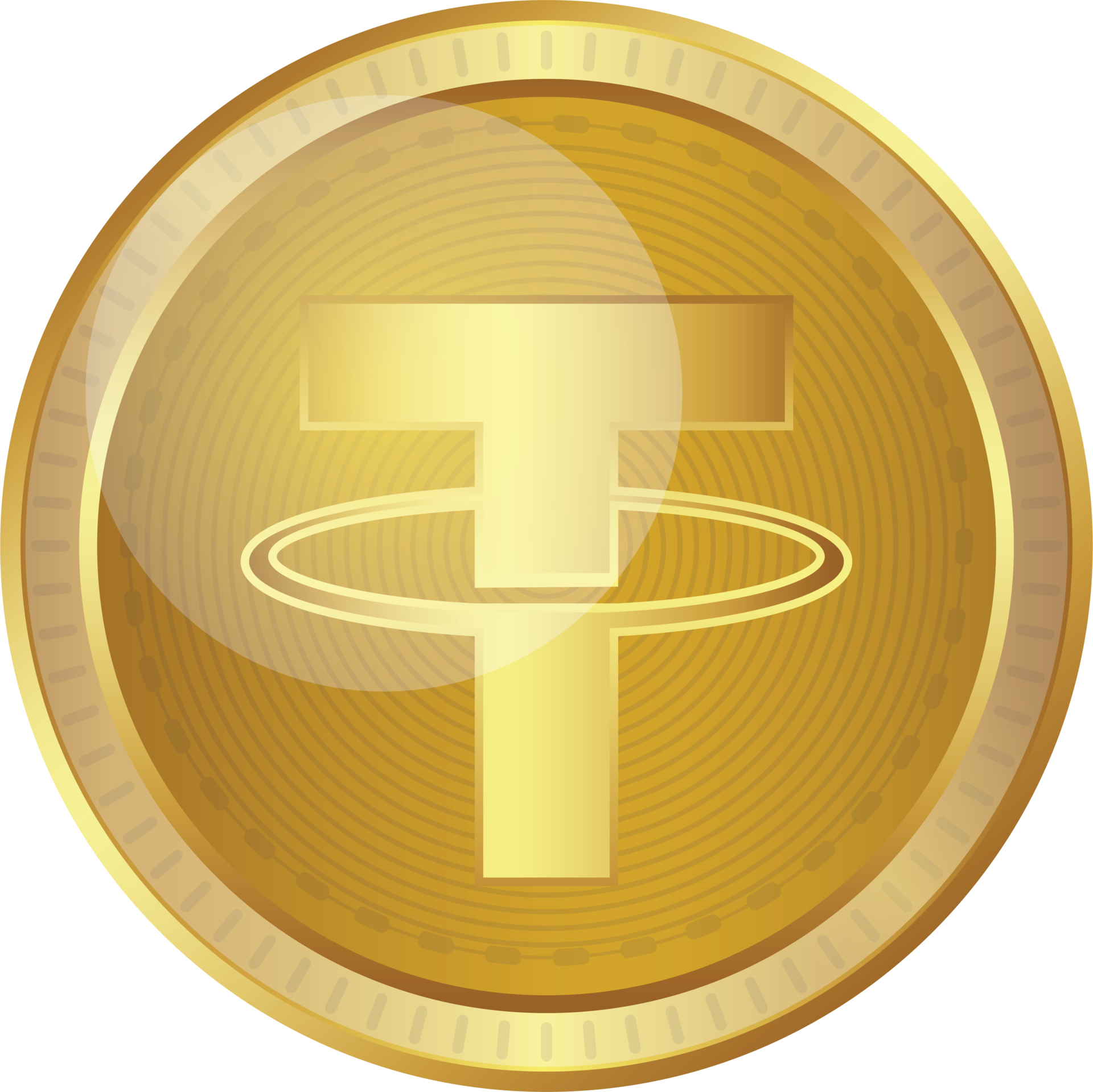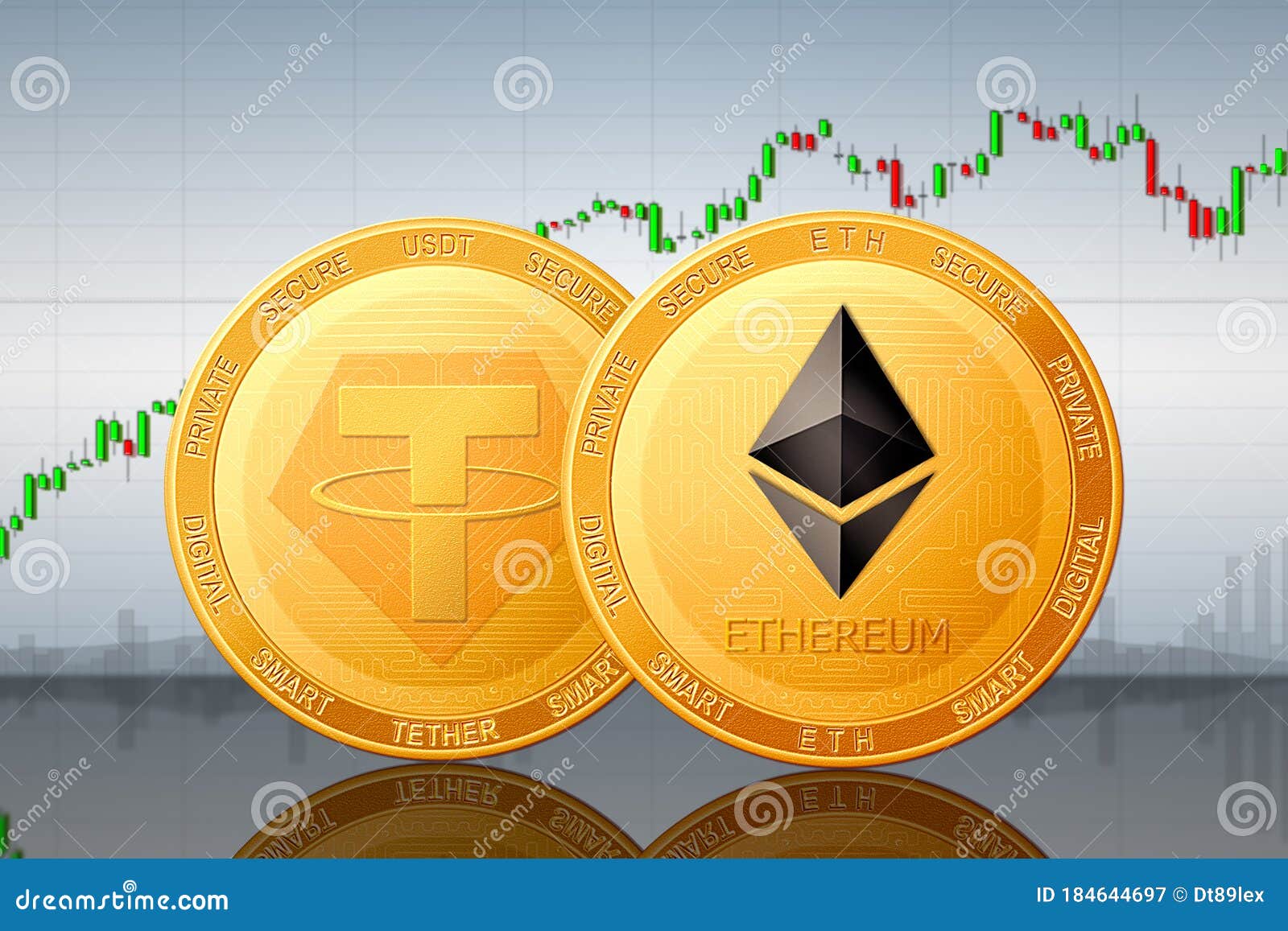Price Of Tether (USDT): Real-Time Market Value And Historical Data ‒ How Much Is Tether Worth Today?
Editor's Notes: Price Of Tether (USDT): Real-Time Market Value And Historical Data was published on _[date]_ to provide up-to-date information and historical context on the value of Tether. This guide is intended to be a comprehensive resource for anyone looking to understand the price of USDT.
The Price Of Tether (USDT) varies in real-time and has a rich historical data that can be insightful to understand its value. To help you make informed decisions, we've analyzed the market, dug through information, and compiled this guide on Price Of Tether (USDT): Real-Time Market Value And Historical Data.
Key Differences:
| Price Of Tether (USDT) Today | Historical Data Of Tether (USDT) | |
|---|---|---|
| Source | Real-time market data from cryptocurrency exchanges | Historical price data from various sources |
| Timeliness | Updated in real-time as the market fluctuates | May be delayed or unavailable for older data |
| Purpose | Provides the current value of USDT | Offers insights into historical trends and patterns |
Transition to Main Article Topics:
1. Real-Time Market Value Of Tether (USDT)
2. Historical Price Data Of Tether (USDT)
3. Factors Influencing The Price Of Tether (USDT)
4. Importance Of Understanding Price Data
5. Conclusion
```html
FAQ
Tether (USDT) is a stablecoin pegged to the US dollar, maintaining a price near $1. Its stability stems from its backing by fiat currencies and other assets. Here are some frequently asked questions about Tether's price:
Question 1: How is USDT's price determined?
USDT's price is determined by market demand and supply, aiming to stay close to $1. If market demand exceeds supply, the price may rise slightly above $1, while if supply exceeds demand, it may fall below $1.
-----------------------------
Question 2: Why does USDT's price fluctuate?
While USDT is designed to maintain a stable price, market conditions can cause fluctuations. High demand during periods of market volatility can push the price above $1, while low demand during periods of stability can cause it to dip below $1.
-----------------------------
Question 3: Is it possible for USDT's price to deviate significantly from $1?
Large-scale events or loss of confidence in Tether's stability could potentially cause significant deviations from $1. However, Tether has mechanisms in place, such as maintaining reserves and conducting regular audits, to mitigate such risks.
-----------------------------
Question 4: How can I track USDT's price in real-time?
Real-time USDT price data is available on cryptocurrency exchanges, such as Binance, Coinbase, and Kraken. These platforms provide up-to-date market information, including the current price, trading volume, and historical data.
-----------------------------
Question 5: What factors influence USDT's long-term price trend?
USDT's long-term price trend is influenced by factors such as the overall cryptocurrency market conditions, regulations, and the usage of USDT in decentralized finance (DeFi) applications.
-----------------------------
Question 6: Where can I find historical data on USDT's price?
Historical USDT price data can be found on websites like CoinMarketCap and TradingView. These platforms provide comprehensive charts and graphs that allow users to analyze price movements over time.
Understanding Tether's price dynamics is essential for informed decision-making. By addressing these common questions, we aim to provide clarity and enhance knowledge about USDT's price behavior.
Next, we will explore the implications of USDT's price stability for cryptocurrency markets and the broader financial landscape.
```
Tips on Monitoring Price Of Tether (USDT): Real-Time Market Value And Historical Data
Cryptocurrency enthusiasts should be aware of several factors to effectively monitor Tether (USDT) market value and historical data.
Tip 1: Identify Reliable Data Sources: Use credible websites and exchanges with a proven track record of providing accurate and up-to-date information.
Tip 2: Consider Multiple Platforms: Utilize different exchanges and data aggregators to compare prices and identify potential discrepancies.
Tip 3: Analyze Historical Trends: Examine USDT historical data to understand market patterns and identify potential future directions.
Tip 4: Monitor News and Events: Stay updated on global news and events that may impact USDT's value, such as regulatory changes, partnerships, or market sentiment.
Tip 5: Use Technical Indicators: Employ technical analysis tools like moving averages and support/resistance levels to predict potential price movements.
By adhering to these tips, individuals can confidently monitor Tether (USDT) market value and historical data, aiding in informed investment decisions and risk management strategies.
Monitoring Tether (USDT) market value and historical data requires a comprehensive approach that leverages reliable data sources, considers multiple platforms, analyzes past trends, monitors news and events, and utilizes technical indicators to guide informed decision-making.
Price Of Tether (USDT): Real-Time Market Value And Historical Data
Understanding the price of Tether (USDT) is crucial for cryptocurrency traders and investors. It provides valuable insights into the stability, liquidity, and market trends of this stablecoin. This comprehensive guide explores six essential aspects related to the price of Tether, encompassing both real-time market value and historical data.
- Real-time Market Cap: Measures the total value of all USDT in circulation.
- Trading Volume: Shows the amount of USDT being bought and sold, indicating market activity.
- Price Volatility: Quantifies the changes in USDT's price over time, reflecting market sentiment.
- Historical Price Charts: Provide a graphical representation of USDT's price over various time frames.
- Support and Resistance Levels: Identify key price points where buying or selling pressure is likely to emerge.
- Market News and Events: External factors that can impact USDT's price, such as regulatory updates or economic news.
These aspects collectively paint a comprehensive picture of the price dynamics of Tether, enabling informed decision-making for market participants. By monitoring real-time market value and analyzing historical data, traders can gauge the stability and potential risks associated with USDT investments.

tether USDT coin 24239841 PNG - Source www.vecteezy.com
Price Of Tether (USDT): Real-Time Market Value And Historical Data
Tether (USDT) is a stablecoin pegged to the US dollar, meaning its value is designed to remain close to $1. This makes it a popular choice for traders and investors who want to avoid the volatility of other cryptocurrencies. The price of USDT is determined by supply and demand, as well as by the value of the US dollar. The current price of USDT is available on a variety of exchanges and websites.

Tether USDT Crash, Bubble. Tether USDT Cryptocurrency Coins In A - Source cartoondealer.com
The historical data of USDT's price can be used to track its performance over time. This data can be used to identify trends and patterns, and to make informed trading decisions. It is important to note that the price of USDT can fluctuate, and there is no guarantee that it will always remain at $1.
Traders and investors should be aware of the risks involved in trading USDT. USDT is not backed by any physical assets, and its value is not guaranteed. As a result, the price of USDT could collapse if there is a loss of confidence in the currency.
Despite these risks, USDT remains a popular choice for traders and investors. Its stability makes it a good option for those who want to avoid the volatility of other cryptocurrencies.